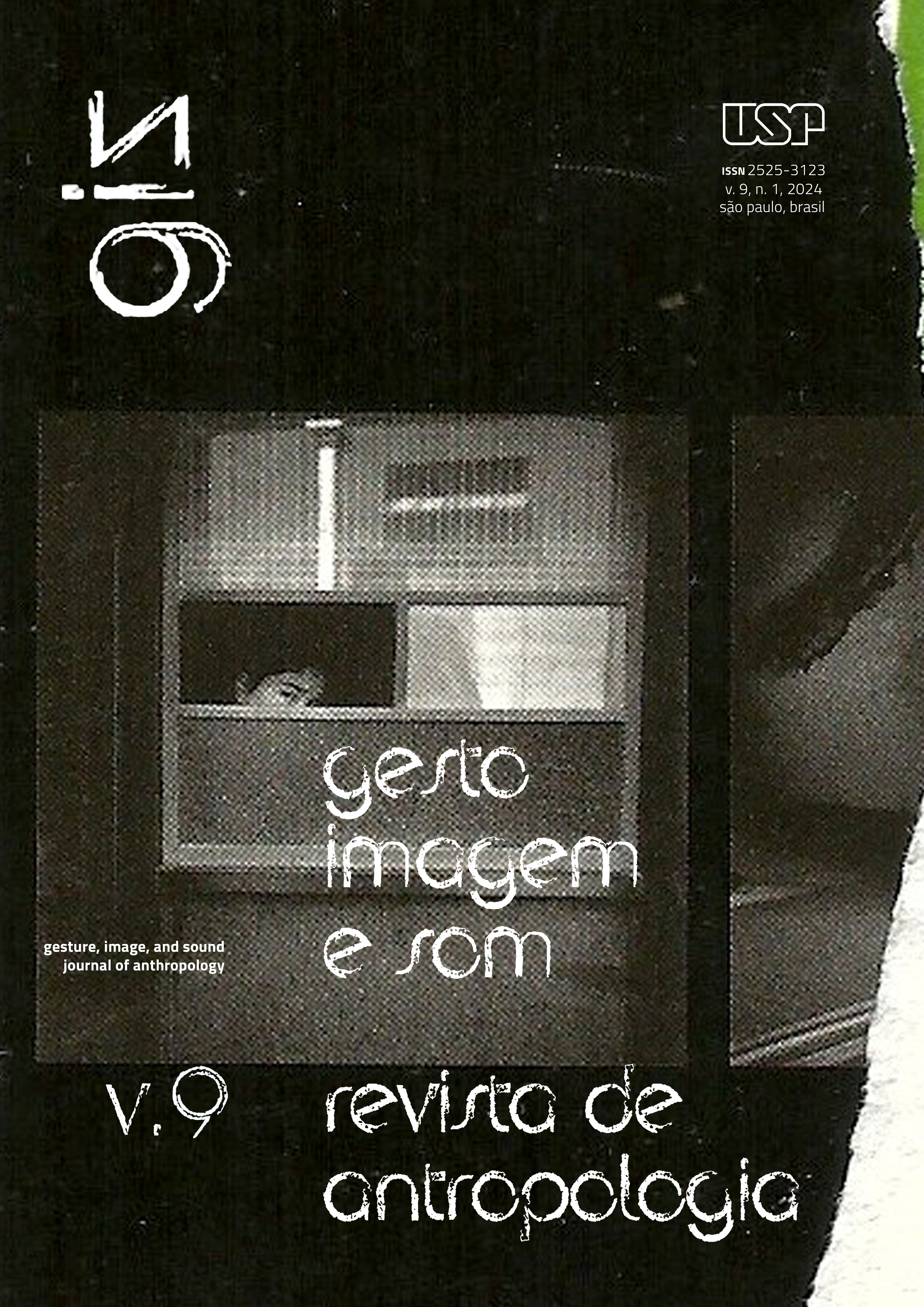Transmedia documentary and technological devices as a communication and awareness strategy on social issues
DOI:
https://doi.org/10.11606/issn.2525-3123.gis.2024.213136Keywords:
Transmedia Documentary, Technological Devices, Visual Anthropology, Hollow, Quipu ProjectAbstract
The article analyzes two platforms that use the potential of new technologies as a possibility of production, transmission and awareness in social issues. The documentary Hollow is produced partly by smartphones and shows the possibility of bringing together various elements to deal with the rural exodus in an American city. The Quipu Project offers new perspectives on the representation and preservation of memories of women and men who were forcibly sterilized in the 1990s in Peru. The documentary uses the possibilities of smartphones to drive the narrative. The idea of the documentary is initiated through a free telephone line made available to the deponents. Users can also record a response message in testimonials. In both productions, it is perceived that the junction of audiovisual elements with technological devices can contribute to the development of ethnographic research, since the use of these devices creates records more immediate and closer to reality.
Downloads
References
ALMEIDA, Ana Carolina Moura Fernandes de; REIS, Graziela Tavares de Souza. A violência de gênero como estratégia de poder: as esterilizações forçadas contra mulheres indígenas no Peru. Extraprensa, v. 15, p. 566-582, 2022.
BARBOSA, Andréa; CAMARGO, Fernando Monteiro. Vila Maria Zélia, memórias,
imagens e produção de um lugar. Campos, vol. 23, n. 1, p.143-171, 2022.
FILMMAKER, Magazine; MIT, Open Documentary Lab. The New Digital Storytelling Series: Elaine McMillion. Filmmaker Magazine (https://filmmakermagazine.com/). Publicado em 14 de março de 2013. Disponível em: <https://filmmakermagazine.com/66938-the-new-digital-storytelling-series-elaine-mcmillion/#.ZCGmq8LMJPa>.
HALBWACHS, Maurice. A memória coletiva. São Paulo: Centauro, 2006.
JENKINS, Henry. Cultura da convergência. São Paulo: Aleph, 2009.
LEMOS JR, Urbano; GOSCIOLA, Vicente. Representação e preservação de memórias no documentário interativo Projeto Quipu. Esferas, vol. 18, p. 150-159, 2020.
MARTIS, Alice Fátima. As hiper mulheres kuikuro: apontamentos sobre cinema, corpo e performance. Sociedade e Estado, vol. 29, n. 3, p. 747–766, 2014.
NOVAES, Sylvia Caiuby. Antropologia e Imagem. Teoria e Cultura, v. 15 n. 3, p. 13-27, 2020.
NOVAES, Sylvia Caiuby. Entre a harmonia e a tensão: as relações entre Antropologia e imagem. Revista Anthropológicas, ano 13, vol. 20, p. 9-26, 2009.
RENÓ, Denis; AMÉRICO, Marcos; BRESSAN, Danilo. O valor imagético no ecossistema midiático a partir do documentário transmídia Hollow. Cuadernos de Música, vol. 12, n. 1, p. 63-77, 2017.
VILCHES, Lorenzo. A migração digital. São Paulo: Loyola, 2003.
Downloads
Published
Issue
Section
License
Copyright (c) 2024 Urbano Lemos Junior

This work is licensed under a Creative Commons Attribution-NonCommercial-NoDerivatives 4.0 International License.
Authors who publish in this journal agree to the following terms:
a. All rights reserved for authors. Journal has right to first publication. Work is simultaneously licensed under Creative Commons Attribution License which permits sharing work with recognition of authorship and initial publication in this journal for non-commercial ends.
b. Authors are authorized to separately make additional contracts for non-exclusive distribution of version of work published in this journal (e. g. publish in institutional repository or as book chapter), with recognition of authorship and initial publication in this journal.







